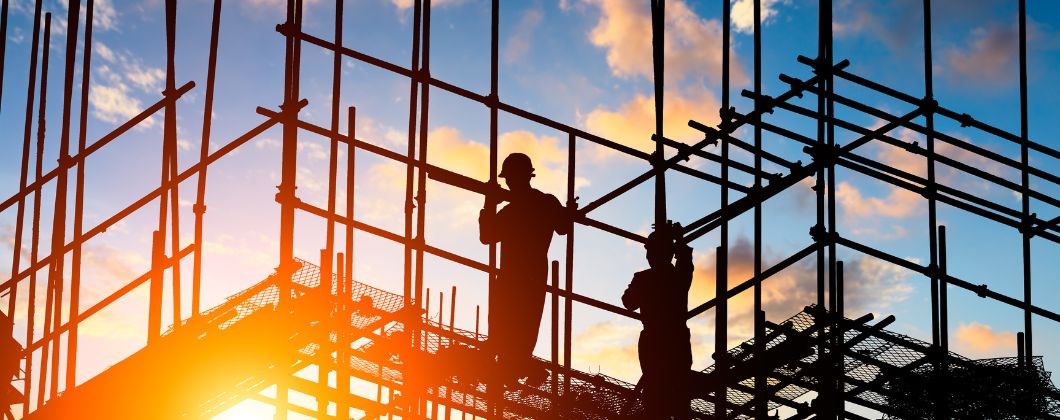Construction Risks: Protecting Workers From Heat Stress

The longer days and higher temperatures of summer can be pleasant, but they may also present serious risks. When employees work in hot conditions, employers must account for heat stress.
According to HSE UK, “heat stress occurs when the body’s means of controlling its internal temperature starts to fail.” In addition to the temperature of a work environment, humidity, clothing and pace of work can all contribute to heat stress. Therefore, it’s necessary for employers to realise that even though an area may not seem excessively hot, workers may still be at risk.
To reduce risks related to heat stress, consider the following steps:
- Train workers. Discuss high-risk tasks and train employees to recognise symptoms of heat stress. Educate workers about safe working practices and emergency response procedures.
- Utilise acclimatisation. Allow workers’ bodies time to adjust to the work environment.
- Control the temperature. Use fans, air conditioning or physical barriers that reduce exposure to radiant heat.
- Regulate exposure. Schedule certain tasks only during cooler times of the day or when temperatures are below a certain point, and provide periodic breaks and rest areas with cooler conditions. It may also be necessary to utilise permits to work to regulate how and when workers can be in dangerous conditions.
- Maintain hydration. Working in hot conditions will cause employees to sweat. This helps the body cool off, but it will also mean that workers must rehydrate. Provide them with cool water and encourage them to drink small amounts frequently.
- Consider clothing and equipment. Clothing that is lightly coloured, made of breathable fabrics or includes personal cooling systems are optimal for hot conditions. Consider how certain protective clothing or equipment, such as respiratory protective equipment, may exacerbate heat-related risks.
- Monitor workers. Supervisors should always observe the health and well-being of their employees, but hot conditions may require more frequent monitoring.
For additional workplace safety and employee well-being resources, contact our construction risk management team today.
